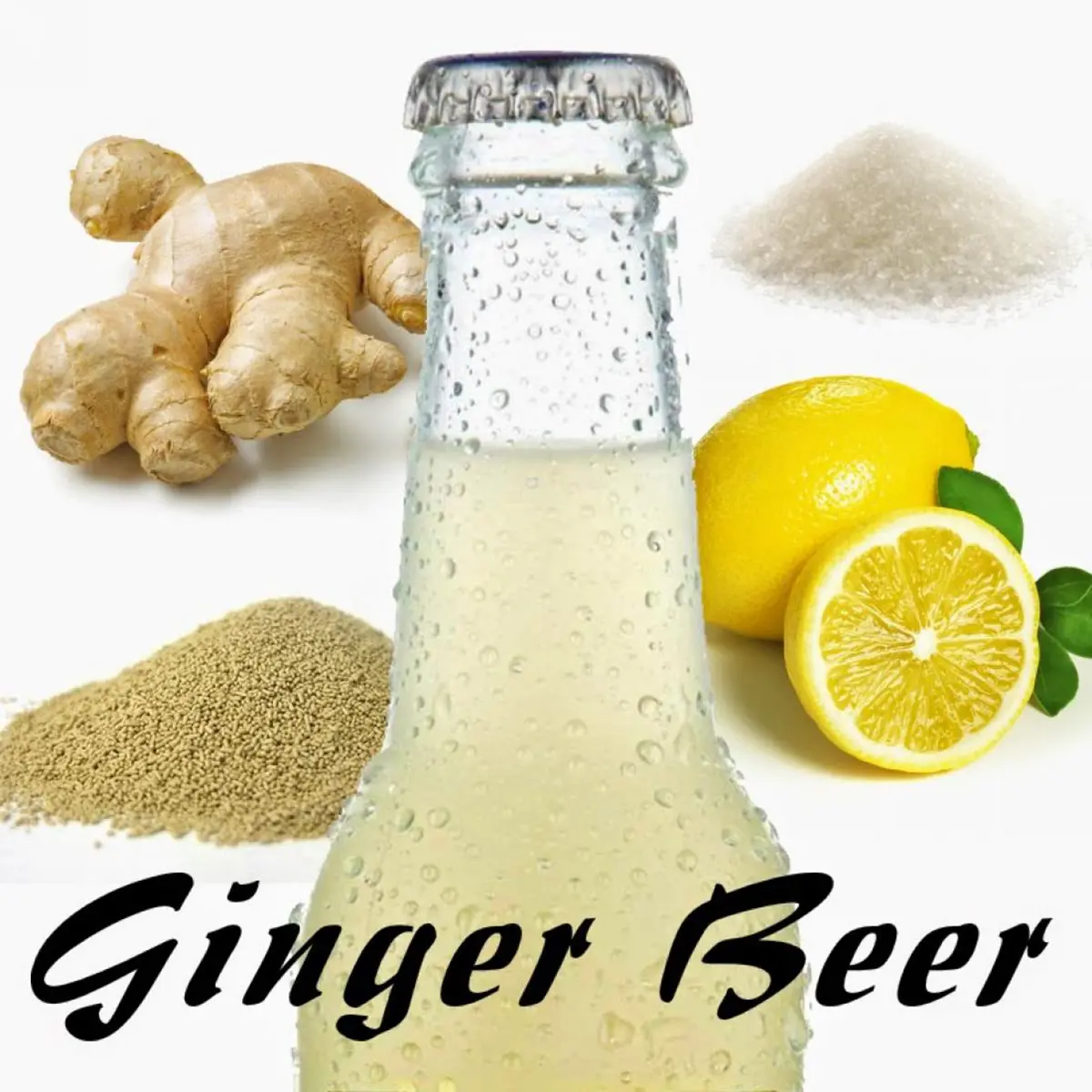Corfu’s Tsitsibira is a living legend, a soft drink that holds deep roots in the island’s long and varied history, influenced by English, Venetian, and more recently, Greek culture. Its story begins in the 19th century, when the British, after 1864, introduced the practice of making ginger beer to the Ionian Islands. The island quickly embraced the recipe, with fresh ginger, lemon, sugar, water, and yeast, and from then on, tsitsibira became an extremely popular summer refreshment.
This traditional drink achieves carbonation naturally, without artificial methods: the yeast combined with warm water and sugar causes natural fermentation, resulting in a mild alcohol content (0.5–1.5%) and a light foam with a strong peppery flavor from the ginger. Thus, it is not just a simple ginger ale, but a true ginger beer with character, fewer bubbles, and a richer texture.
The island entrusted the Cheimarios family, starting in 1950, with preserving and developing the recipe. In 1975, Giorgos Cheimarios founded a small production unit in Kalafationes, maintaining the natural process without additives or preservatives. Today, production is carried out in accordance with European ISO 22000 standards, ensuring quality and hygiene, and since 2012, distribution has also expanded abroad. This success earned tsitsibira the title “the drink of kings”, and it has won at least four local and national awards.
The production technique combines simplicity and naturalness: a copper or stainless-steel vat, high-quality grated ginger, freshly squeezed lemon, and yeast. The first fermentation phase occurs in the vat, where the ingredients blend their aromas, and the second takes place in the bottle itself, with a 5-day fermentation that gives the final product a fizzy, lightly spicy taste, overall, it takes about 2–3 weeks to fully mature.
Tsitsibira is also known for the beneficial properties attributed to ginger: antiemetic, antipyretic, antiseptic, and stimulating to blood circulation. It is considered beneficial for digestion, cardiovascular health, and resistance to cold, which has placed it among the wellness beverage choices.
In cafés, tavernas, and gelaterias across Corfu, from the Upper Town to the beaches, tsitsibira is served chilled, especially during the Easter-to-Autumn season, and the island’s collective memory associates it with cool summer days. As described, in historic cafés like Spathis, locals enjoy its faithful, cold taste, sometimes with a thin lemon slice garnish, while visitors feel the authenticity of the tradition.
In modern culture, tsitsibira has evolved. It is served as a healthy soft drink, as a base for non-alcoholic mojitos or “spritzer”-style beverages with fresh herbs, and it fills rooftop bars with hipster vibes, served with mint leaves and thin ginger slices. At the same time, the family brand is investing in promoting it as a Greek wellness product and has established a presence in the gastronomic tourism market.
Overall, tsitsibira is a unique blend of nature, history, and health. Each bottle carries memory: from the Venetian era, through British rule, to integration into Greece, and into modern industrial tradition. It is refreshing, chilled, with a peppery kick that accompanies meals, moments of wellness, or simply a break under the sun. The phrase “the drink of kings” shows that tsitsibira doesn’t merely belong to the past, it lives on, evolves, yet remains true to the purest, sparkling brilliance of Corfiot tradition.






Comments are closed